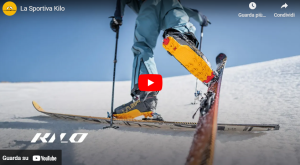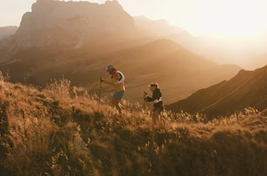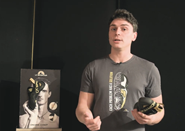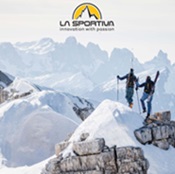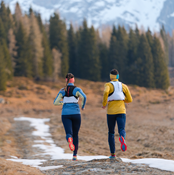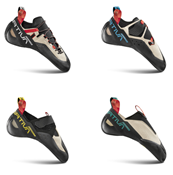Climbing: Giving back project in the Philippines by James and Carol
La Sportiva is proud to publish the story about the giving back project that James and Carol did recently in the Philippines: a project that ideally follows the shoe donations that La Sportiva made in 2013 to help out the Philippines after the big hurricane that destroyed the main island of that area.
“The name of the project is SPOT – says the climber and adventurer James Pearson – and it started by Caro and me after our trip to the Philippines in 2014. It started out as an idea to donate some of our climbing gear to the Filipino climbing community, but grew into something more; something we hope can last for a long time and help lots of climbers around the world. SPOT stands for Share, Progress, Open, and Teach and is our way to give something back to climbing and the climbers who have given us so much. We’ve just come home after our first SPOT project, Cebu Sport climbing Development, and hope that we can continue in the years to come with other projects, not only in the Philippines, but anywhere in the world that might need a little spot!
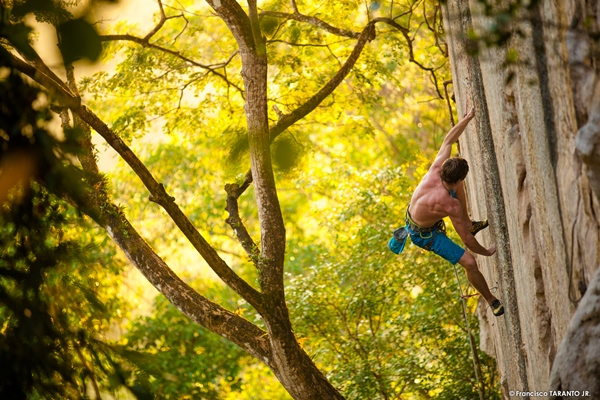
We spent 1 month in the Philippines bolting, climbing, and hanging out with the local climbers. Both caro and I felt so lucky to spend time with these warm and welcoming people, and its through the time we spent with them that we begin to understand exactly where Filipino climbing sits in terms of development and what it needs to take the next steps forward. I could talk for hours on this, but perhaps now is not the time. The problems they face essentially come down to:
1. Climbing equipment is very expensive and often not even available directly in the Philippines
2. the current hardest route in the Philippine is 8b and the local bolters don’t yet have the vision/undestanding to bolt harder lines
3. their training 7 technical knowledge is limited to what they learn from watching videos online
What we tried to do is:
1. Collect and deliver the material that they mst sorely need – climbing shoes, harness, crash pads, bolts.
2. Bolt a new area focusing on the development of hard rutes to push the standars of Filipino climbing
3. Pass on our knowledge of training, climbing, rope work etc.
Speaking directly about Cebu, the project was better than we could have ever hoped for. Not only could we deliver the first batch of equipment (over 100kg) that had been kindly donated by climbers all around the world, we could also help the local community establish hard new sport routes, and teach them new methods for bolting, climbing security and rope-work.
One of the cliffs we bolted in Cebu we called Monsterella, and its genuinely world class. It’s a massive overhanging face, 60m long and 30m high, just dripping in tufas. There are currently around 10 routes, mostly 8a and above, with the hardest being around 8c, but there is potential for a many more. We hope that not only will the local climbers be able to push their climbing on the routes and projects we left behind, but that they will also be able to bolt new lines effectively filling in the gaps between existing routes, now that the complicated issues of the access have been sorted.
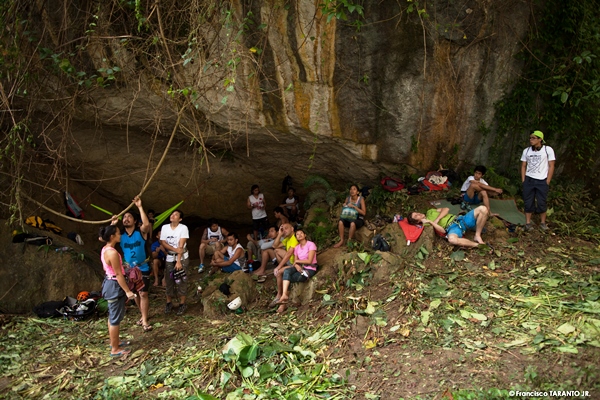
The cliff is less than 1 hour from the city of Cebu and only 5 minutes walk from the closest village. So far the villagers have been nothing but helpful, and I hope that this positive relationship between climbers and locals can continue. At the moment you can camp next to the river below the village and the locals can prepare simple food for you whenever you like. On the last day of our trip we took several of the children, as well as the chief of the village climbing so they have an understanding of what exactly it is the climbers are doing, and may even ask you if they can come to climb!
Conditions were actually quite pleasant, with average daily temperatures resting between 20 and 25 degrees. There was often a good breeze passing by the cliff, and the cool river that runs next to the base of the cliff can offer respite between climbs should the heat ever prove too much.
I’d recommend climbing in the Philippines to anyone who wanted to experience the exotic style of Thailand, without all the crowds. Actually, in my opinion, the quality of the rock and routes is higher than those of Thailand, and is some of the best climbing I have done in South East Asia. At the moment there are only a limited number of crags and routes (probably around 500 routes over 20 crags) but over the next few years this is going to grow and grow. For anyone wanting to climb or develop routes in the Philippines, your best bet is to visit the website www.climbphilippines.com, and contact Miel or Ina who will be able to give you all the info you need”
INFO: La Sportiva



